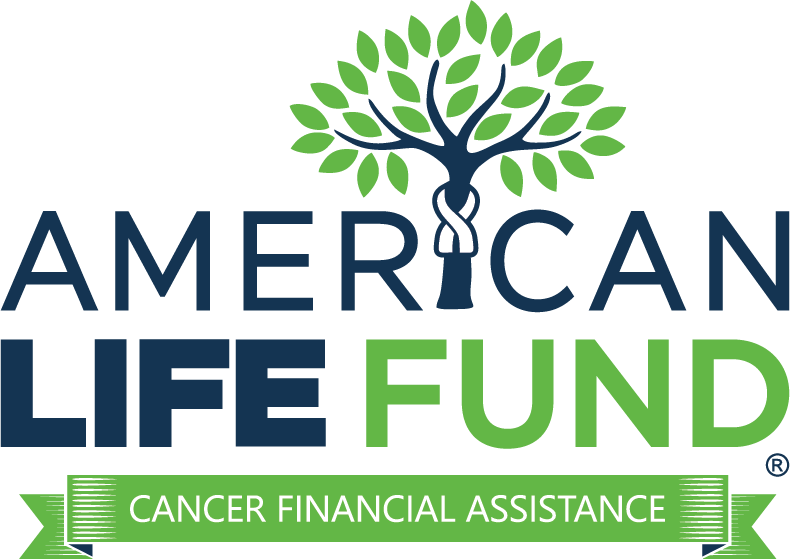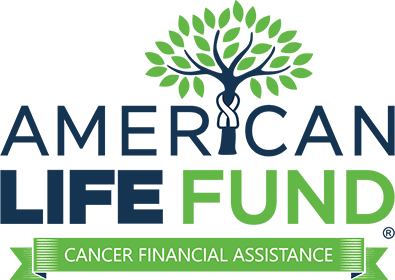If you or someone close to you is dealing with ALS, also known as Lou Gehrig’s disease, it’s important to understand that it can be very expensive to manage. This disease can cost a lot, not just in terms of money for treatments like hospital visits and medicines, but also because it can stop patients from working, and families may need to pay for extra help at home.
Here are some numbers to think about: Every year, ALS treatment costs add up to about $250 million across the U.S. For each person with ALS, the costs can be around $143,000 per year. These costs include both the medical care they need and the money lost from not being able to work or other expenses that come up.
There are groups that can help with these costs, like the American Life Fund. It’s also really important to catch the disease early because starting treatment sooner can help make life better and give families more time to make plans.
This article will take a closer look at ALS treatment costs and the benefits of early diagnosis.
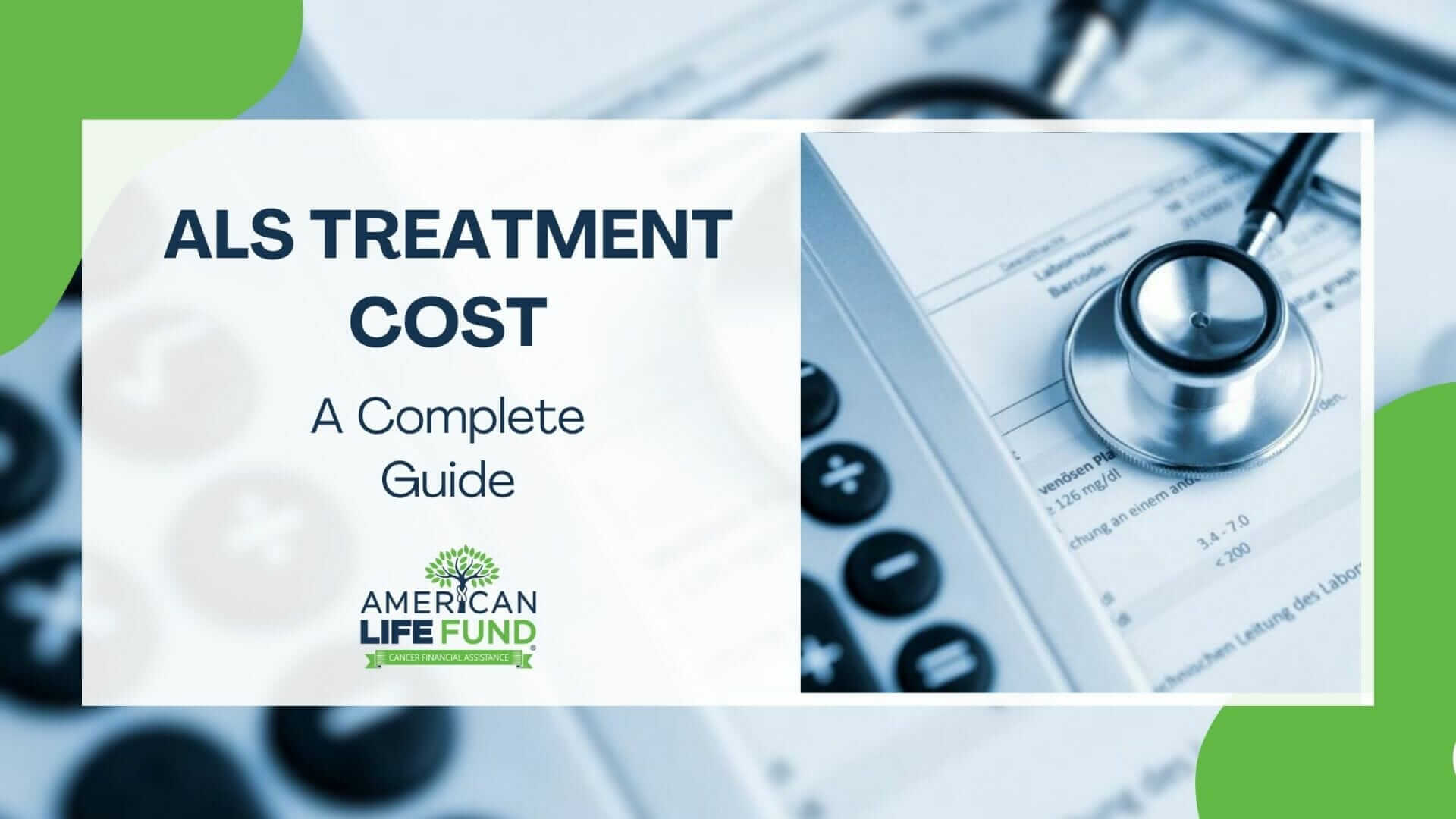
Amyotrophic Lateral Sclerosis (ALS)
Amyotrophic lateral sclerosis (ALS) is a neurodegenerative disease that progressively causes deteriorating motor neurons in upper and lower motor controls of voluntary muscle. ALS is a very rare disease with an incidence of 2 new patients for 100,000 people in North America and Europe. Approximately 30,000 people are affected in the United States, and about 5,000 new cases are diagnosed yearly. Patients with ALS usually die of respiratory paralysis within 3-5 years of diagnosis.
Economic Implications of ALS: Direct And Indirect ALS Costs
A 2014 study “Financial cost of amyotrophic lateral sclerosis” sponsored by the American ALS Association, concluded that “total disease-duration costs were $1,433,992 (85% paid by insurance, 9% paid by family, 6% paid by charities).”
The direct costs of ALS treatment include medications, medical equipment, and hospital stays. The indirect costs of ALS include lost wages due to illness or death, home care, and transportation costs.
The total annual costs of ALS in the United States are estimated to be $250 million per year. This figure includes both direct and indirect costs for all people that are part of the ALS journey. The average annual cost per patient is estimated to be $143,000. Patients with ALS incur an average of $92,000 in direct costs and $51,000 in indirect costs.
The indirect costs of ALS are also high. ALS can cause a person to lose their job and can seriously impact the family’s income and ability to pay for care. The monthly costs of home care and nursing home care can also be expensive.
According to the 2014 study, “the highest costs were for in-home caregivers ($669,150), ventilation ($212,430) and hospital care ($114,558).”
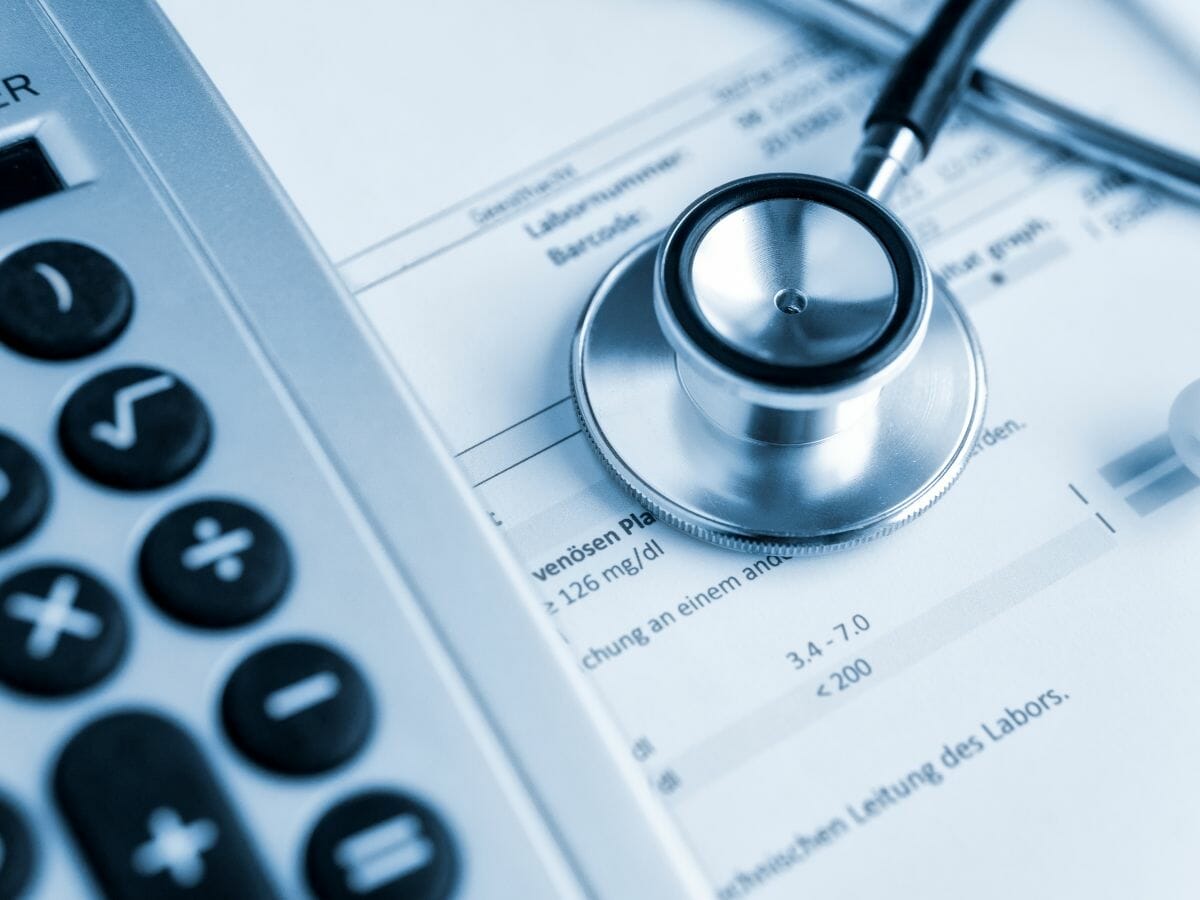
The High Cost of Medicine For ALS Patients
It is no secret that the cost of healthcare is skyrocketing. A major contributing factor to this trend is the high cost of prescription drugs. For patients with ALS, the cost of their medication can be especially burdensome.
The most common drugs used to treat ALS are riluzole (Rilutek) and edaravone (Radicava):
- Riluzole is the only FDA-approved medication for ALS. It is typically priced at around $1600 for a monthly supply.
- Edaravone is not FDA-approved for this use, but it is commonly used off-label. Edaravone typically costs around $145,000 per year.
- Nusinersen is a newer medication that was approved by the FDA in 2016. It is priced at around $125,000 for an injection.
- Nuedexta is a medication that is approved to treat ALS-related swallowing problems. It is typically priced at around $700 for a 30-day supply.
As you can see, the cost of medications for ALS are very high. There may be programs or assistance available to help with the costs. If you are a patient with ALS, it is important to talk to your doctor about all of your treatment options, including the cost of each option and where are the best centers.
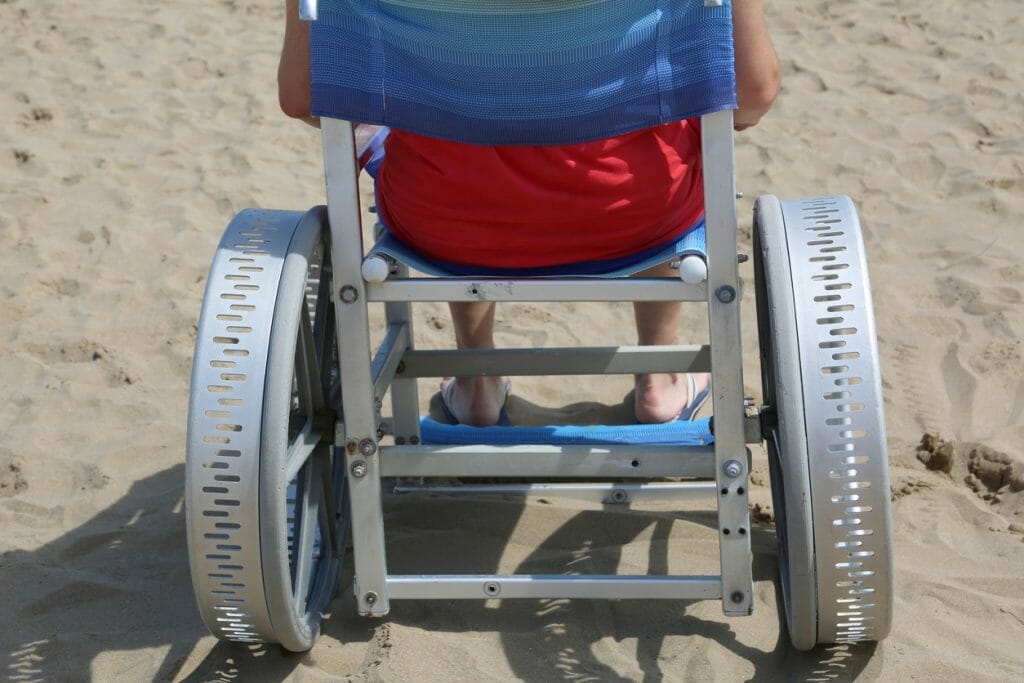
Medical Care Costs
The estimated costs for the medical services of ALS patients in the United States are as follows:
- Hospital stay: $381 per day
- Home health care: $22 per hour
The average cost of an ALS patient’s medical care is $200,000 per year. The majority of these costs are incurred in the last two years of life when patients require around-the-clock care.
Hospital stays and home health care are the two biggest expenses for ALS patients, but high costs for medications, durable medical equipment, and therapeutic services are also significant.
While insurance might cover some of these costs, patients and their families still often face significant financial burdens.
Socioeconomic Costs of ALS
Socioeconomic costs for the family of an ALS patient can be difficult to bear. The loved ones of patients often need to provide care and assistance. This can take a toll on the family In some cases, the family may need to hire outside help.
Additionally, the emotional toll of ALS can be difficult to quantify but is certainly significant.
The family may need to make sacrifices to provide care. This can impact work, school, and other commitments. The family may also need to deal with the possibility of a loss of income. All of these factors can add up to a significant burden.
The high cost of ALS only increases as the disease progresses. For example, in a study where researchers looked at patients diagnosed at stages 2 or 3 (moderate), the costs were ranging from $5181-$7089 per month. Those suffering from late-stage saw their direct medical expenses soar up over $10,0000 per month!
American Life Fund Can Help With ALS Treatment Costs
If you or a loved one are struggling with the costs of ALS treatment, American Life Fund can help. We offer financial assistance to ALS patients and their families to help cover the costs of treatment and other related expenses with a viatical settlement. Contact us today to learn more about how we can help you or your loved one manage the cost of ALS treatment.
Benefits of Early Diagnosis
Managing amyotrophic lateral sclerosis can be difficult, but it is better when patients and their families clearly understand the stages of ALS. The benefit of early diagnosis cannot be overstated.
Patients with amyotrophic lateral sclerosis can receive treatment that may prolong their life if diagnosed at earlier stages. In addition, early diagnosis allows patients and their families to plan for the future and make care arrangements.
Treatment with riluzole or edaravone can help prolong life and improve the quality of life for ALS patients. It is important to note that these drugs do not cure ALS, but they can help slow down the progression of the disease.
There are no best practices to cure ALS, but there are ways to prolong life. Early diagnosis and initial treatment cycle are essential for patients with ALS. Patients should see a neurologist if they experience any of the early ALS symptoms, such as muscle weakness, slurred speech, or difficulty swallowing.
Conclusion
ALS is a devastating disease that impacts patients and their families in many ways. The financial burden of ALS treatment is significant. Nevertheless, there are treatments available that can improve the quality of life and extend life expectancy for patients with amyotrophic lateral sclerosis. Early diagnosis is the main key to getting the best possible care. Patients and their families should seek out support from friends and family members to cope with this difficult disease. It is also important to get the best medical resources and create a treatment plan that meets the patient’s individual needs and respects his or her choices.
